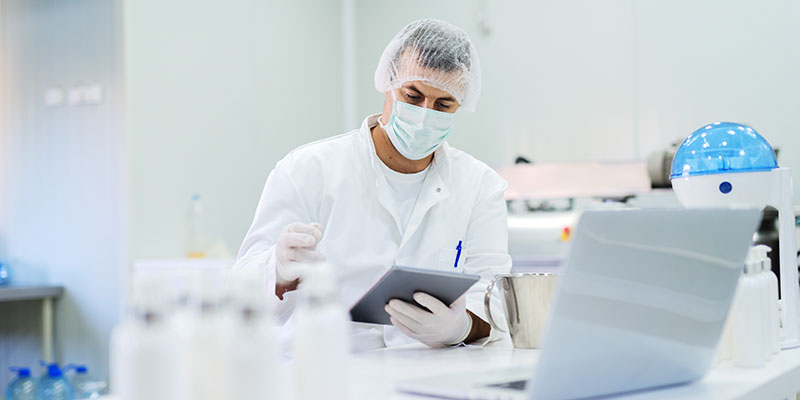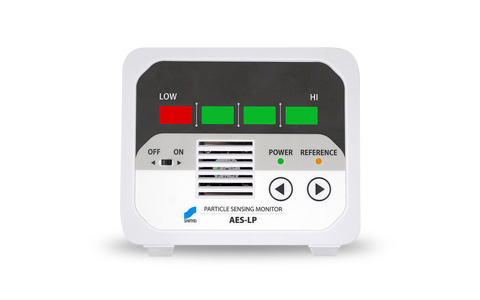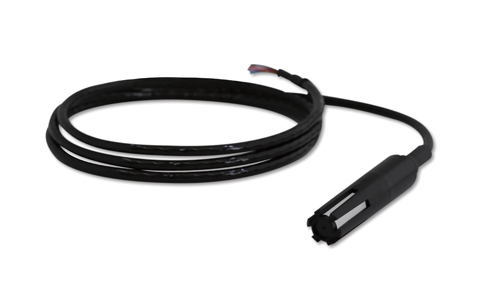Cosmetics Manufacturing
Cosmetics Manufacturing

Hygiene control at the manufacturing site is important to improve the quality and safety of cosmetics. The international standard ISO22716 (GMP for cosmetics) is known as a management standard that applies to a series of manufacturing processes of cosmetics, from inspection of raw materials to formulation, manufacturing, packaging, and storage. In recent years, the number of quality problems in the market for cosmetics has been increasing, and there has been a noticeable movement among major manufacturers to manage their products in accordance with ISO22716.
By installing Particle Sensing Monitor in each process, it is possible to visualize the environment and reduce quality risks and production losses.
For cosmetics contents manufacturing process
Air cleanliness level, temperature and humidity in clean room affect product quality. As this is a manufacturing process for content that get in direct contact with the skin of consumers, it must be manufactured in a clean room that is controlled with appropriate air cleanliness level, temperature and humidity.
For filling process
Filling process that is most likely to be contaminated with various bacteria because it comes into contact with the outside air. Cosmetics contents are filled and sealed to prevent germs with compressed air. It is important to control air cleanliness and airborne particles which bacteria and microorganisms adhere.
For packaging process
Various packaging specifications are available, such as shrink-wrapping and pillow-wrapping, all of which require proper cleanliness control to prevent contamination.
Product quality is expected to be improved by monitoring dust generation triggered by the movement of people and objects with particle sensing monitors.



